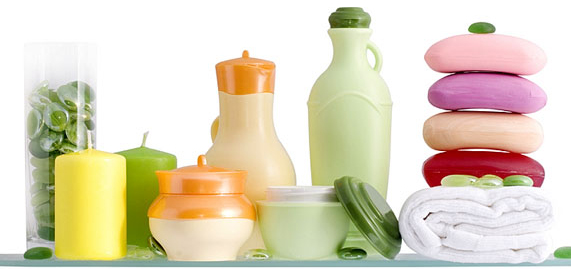The European personal care ingredients market experienced continued growth in the last few years despite the negative effects of the slow economy. The market outperformed most other end-use industries in which specialty chemicals suppliers are active.
Fueled by a relatively stable consumption of cosmetics and toiletries during the crisis, the market is expected to recover quickly, as indicated by a sharp rebound in sales in the first half of 2010. A continued growth at an annual volume rate of 2.6% is anticipated until 2014. The largest growth is expected in the “green” product area.
Specialty surfactants, conditioning polymers, and emollients are the leading product categories in the market, representing 23%, 18%, and 16%, respectively of a $1.74 billion total. Additionally, boosted by increased consumer awareness of sun exposure side-effects, the use of UV absorbers has extended to an increasing number of skin care products, ranking them among the most rapidly growing markets.
Most of the personal care ingredient segments are dominated by a few large companies. This is particularly evident in the case of hair fixative polymers, where the top three competitors hold 87% of the total market volume. The trend of convergence in the industry is enforced through acquisitions, including the recent acquisition of Cognis by BASF. In contrast, in segments which cover a broader range of applications, such as skin and hair care, the supplier base is more fragmented as the ingredients are widely varied.
“After a difficult period when price was the key purchasing criteria, the return of innovation as a key buying factor for formulators will create an opportunity for suppliers to develop more added values and take market shares from established products,” comments Anna Ibbotson, industry manager at Kline’s Chemicals & Materials practice.
Kline’s recently published study Global Personal Care Ingredients 2010: Market Analysis and Opportunities, provides comprehensive analysis of specific product categories across all major regions and maps out the trends in consumption that can be expected over the next five years in the growing personal care ingredients market.

